Affiliate Disclosure: We earn a commission if you purchase through one of our links at no additional cost to you.
As photographers, we know when to pull out a creative photography technique to make our subject pop. Using depth of field is a great way to isolate our subject and eliminate distractions. Here are four tips to consider for creative use of depth of field in your photos.
Defining Depth of Field
Many people think of one thing when you mention depth of field – bokeh. While that can be a side effect of a shallow depth of field, it’s really not the same topic.
Stated simply, your depth of field is the range from front to back where your subject is in focus. That range can be very shallow, but it can also be extremely deep. Sometimes you want a lens that goes to infinity (and beyond).
Your challenge is to know how much range to include in focus to make the most of your subject. That’s going to vary with each camera and lens combination you choose, because there are more factors at play than simply which aperture you select.
You knew it couldn’t be drop-dead simple, or else everyone would do it perfectly every time. This is the kind of creative photography technique you employ as an artist. It’s a powerful tool and it can be misunderstood and overused.
There are four elements to creating the range of focus in your photos.
1: Aperture Selection
The common wisdom is that your aperture affects your depth of field and it’s certainly the easiest to understand. Here is the simple rule.
The larger your aperture, the less focal range you have in your photo. If you want a shallow depth of field, select a large aperture like f/2.8 or f/1.4.
Does this mean you should always select the largest aperture available? Not quite. Large apertures like f/1.4 can have a short range of focus, often described as razor-thin depth of field. That may cause more trouble than it’s worth.
Here’s an example of a portrait shot at 85mm with an f/1.4 aperture.
The critical area of focus is on her face, but notice how quickly the sharpness falls off into blur. By the time you get to her ear, it’s out of focus. Everything fades away. That’s what you want and it works when the model keeps both eyes on the same plane of distance from the camera.
Now let’s take a look at an outtake from the shoot with a different model.
In this frame, the model turned her head and the eyes aren’t on the same range of distance from my lens. The result is that her right eye is out of focus in the shot. That’s how little depth of field you have in some cases shooting at f/1.4.
Shallow depth of field can be a beautiful thing, but it’s a creative photography technique used to enhance your subject, not a subject all by itself.
2: Focal Length
Another factor that impacts your range of focus is the focal length of your lens. Much like the aperture selection, size matters. Here’s the basic rule.
The longer your focal length, the less your range of focus.
If you want a shallow depth of field, go for your bigger glass. It can even override the impact of aperture in some cases.
For this photo, our focal length is 200mm and our aperture is f/2.8. Although the aperture is a couple of stops smaller than the images above, we’re still getting a shallow depth of field due to the longer focal length.
On shorter lenses, an aperture like f/5.6 would have a much larger depth of field. Yet when you look at photos during football season or many birding photos, you see the subjects popping against a defocused background when shot at f/5.6 and a 600mm focal length.
If you can shoot long, you can trump the disadvantage of a smaller aperture.
Now let’s take a look at a photo shot f/1.4 with a much shorter focal length.
Take a look at that background. Not quite so defocussed as some of the previous shots, is it? That’s because I shot this with a 35mm prime lens. The shorter focal length doesn’t quite give you the same shallow depth of field as the longer-length lens.
Or does it?
3: Distance to Subject
The next variable in your depth of field equation is the distance of your subject from your lens. The closer your subject is to the lens, the shallower your focal range. The opposite is true. Subjects farther away from your lens will have a greater depth of field.
You can use this creatively with different focal lengths. Sometimes you need to use a short focal length to get closer to your subject to eliminate interference from others (like tourists). Here’s an example with my 35mm lens at f/1.4.
This is the same lens and aperture I used on the shot of The Little Mermaid in the section above. The depth of field is much shallower, as indicated by the bokeh in the background. You can see how the little bugger’s face is in focus, but his shoulder starts to fall out of focus.
What’s the difference? My distance to the subject. In this case, I could walk right up to the gargoyle and get a shallow depth of field at 35mm. With the ship and scene above with The Little Mermaid, the distance was greater and I had a larger depth of field.
You can use a longer focal length to overcome the distance to subject issue, but then you also change your composition.
4: Sensor Size
By now, you’re seeing the trend that size matters. It’s no different with sensor size. The larger your sensor, the less range in your depth of field.
If you’ve ever used a cell phone camera, you may have noticed that they have a large depth of field. That’s despite having an aperture size of f/2.4 or f/2.2 on the camera. The sensor is tiny. Shoot with the same focal length on a DSLR and you’ll have a reduced range of focus merely due to the sensor size, assuming you can keep all other factors the same.
If you’re shooting with a crop-sensor camera, you’re not going to get the same depth of field as a full sensor DSLR. Likewise, a medium format camera with a larger sensor can manage a shallower depth of field than the full-size DSLR, all other factors being the same.
That doesn’t mean you need to buy a camera with a larger sensor. It’s merely one more piece of the depth of field equation. You can leverage the other three to overcome the difference in your sensor size.
Stretch Your Creativity
I hope this post gives you some ideas to enhance your creative vision. We all have our own sense of creativity and imagination. Photography gives us a multitude of ways to express ourselves.

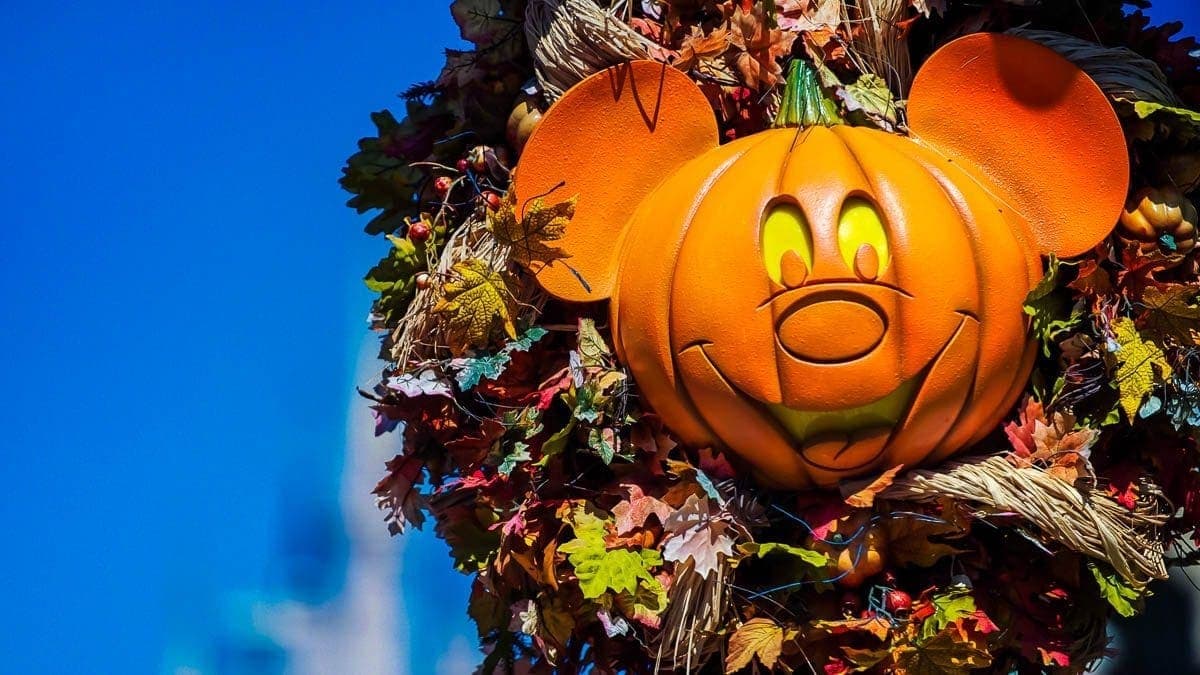
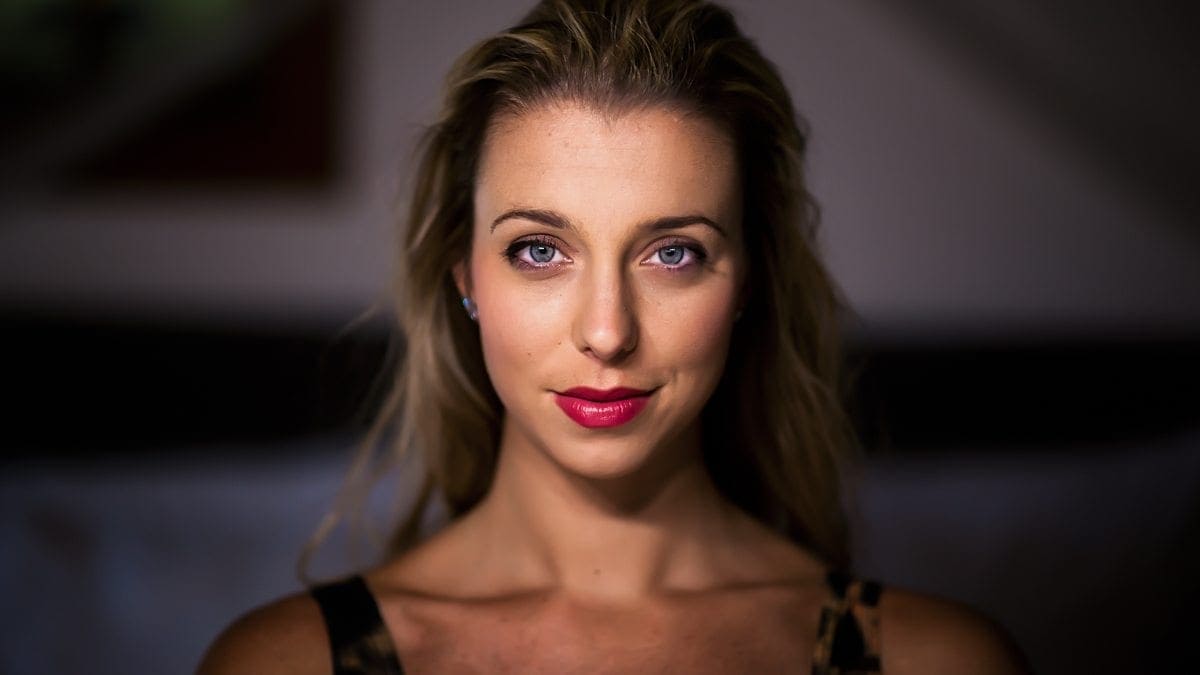
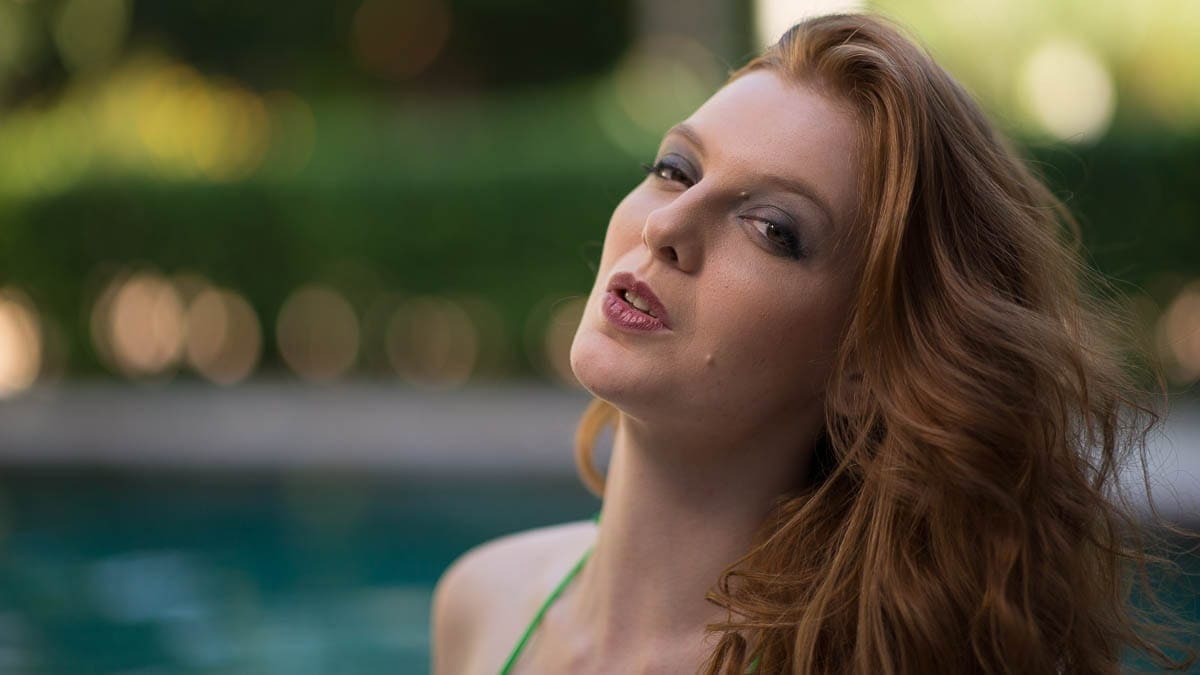
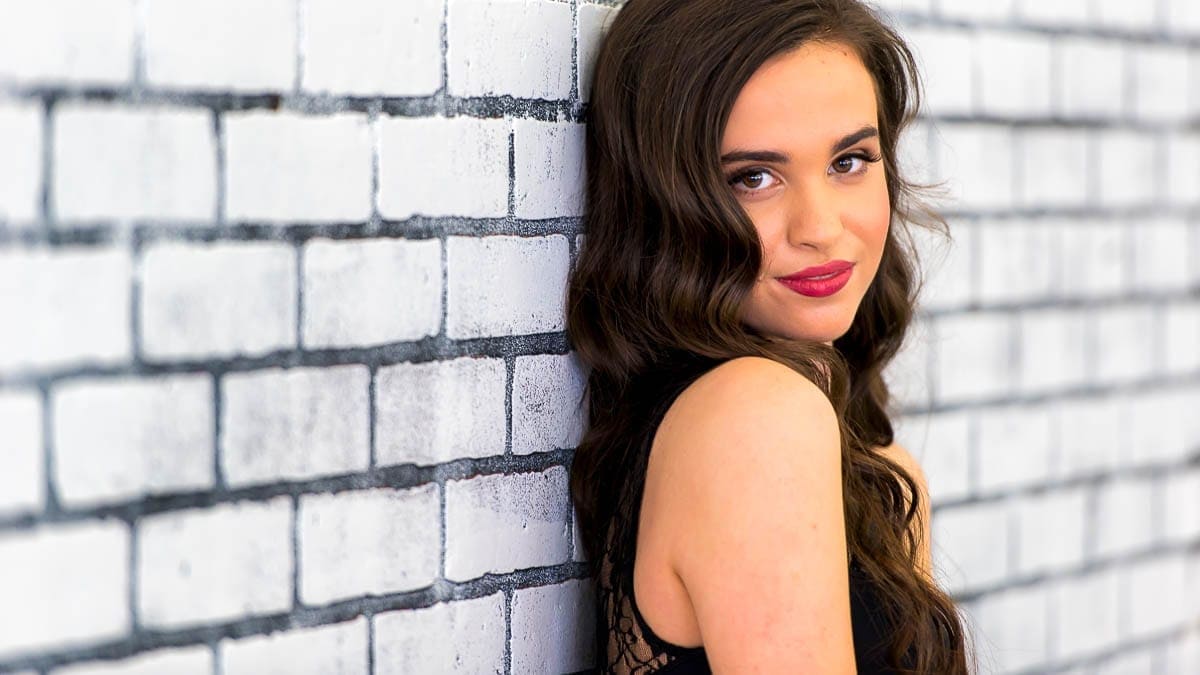

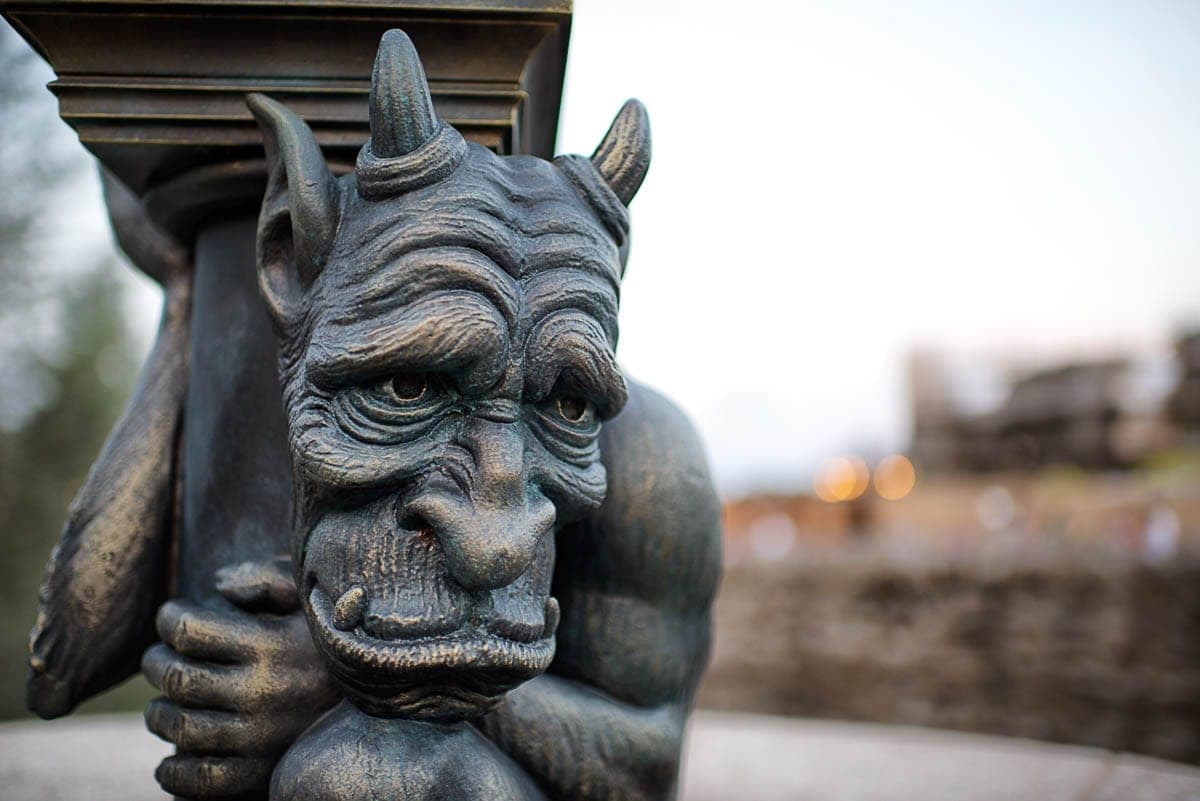


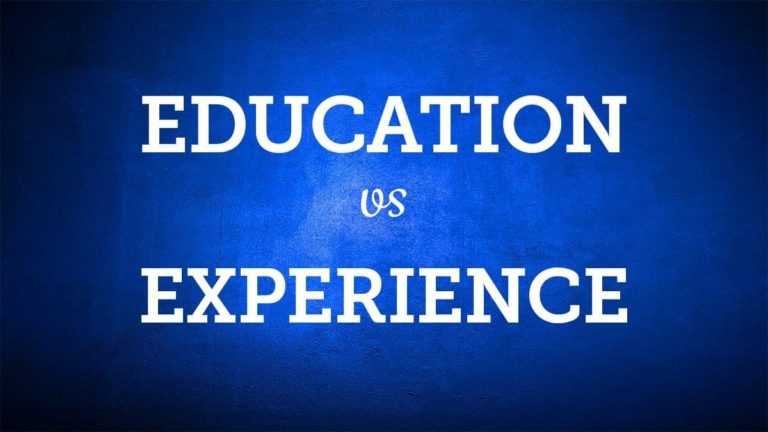
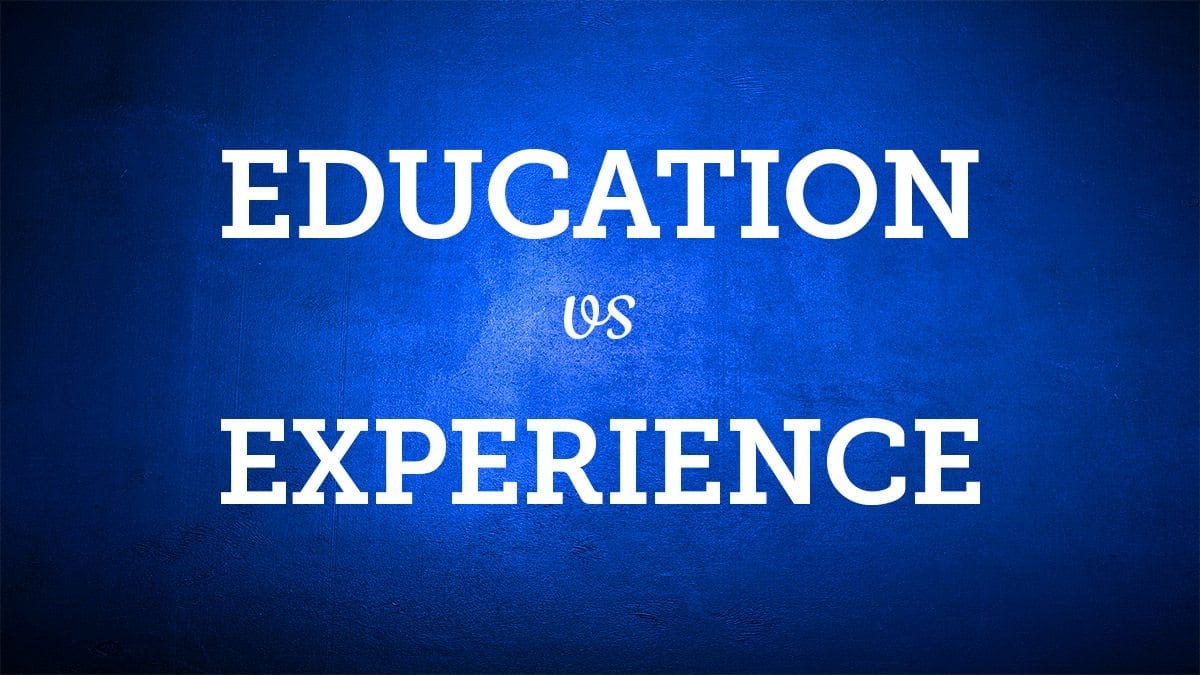
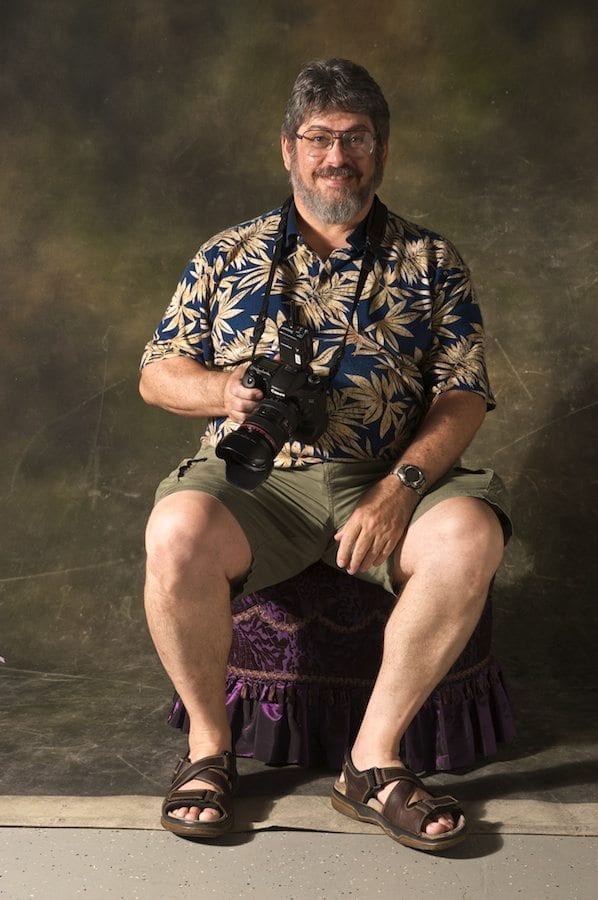
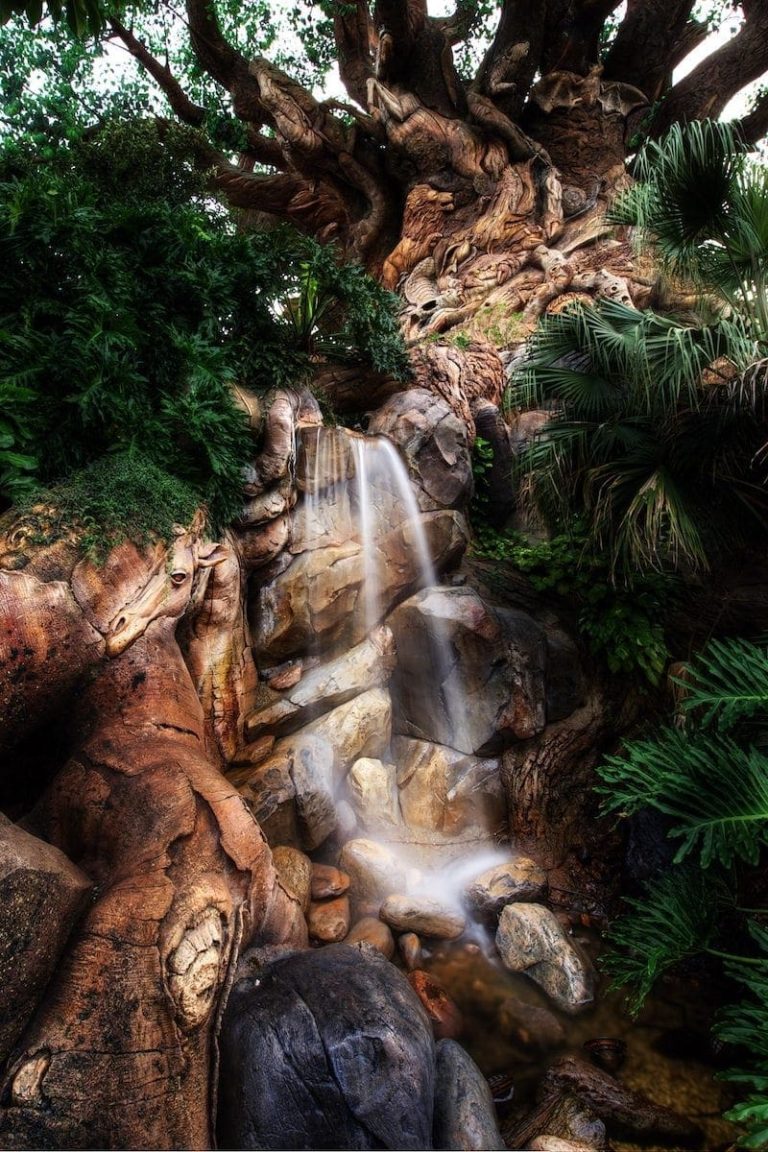
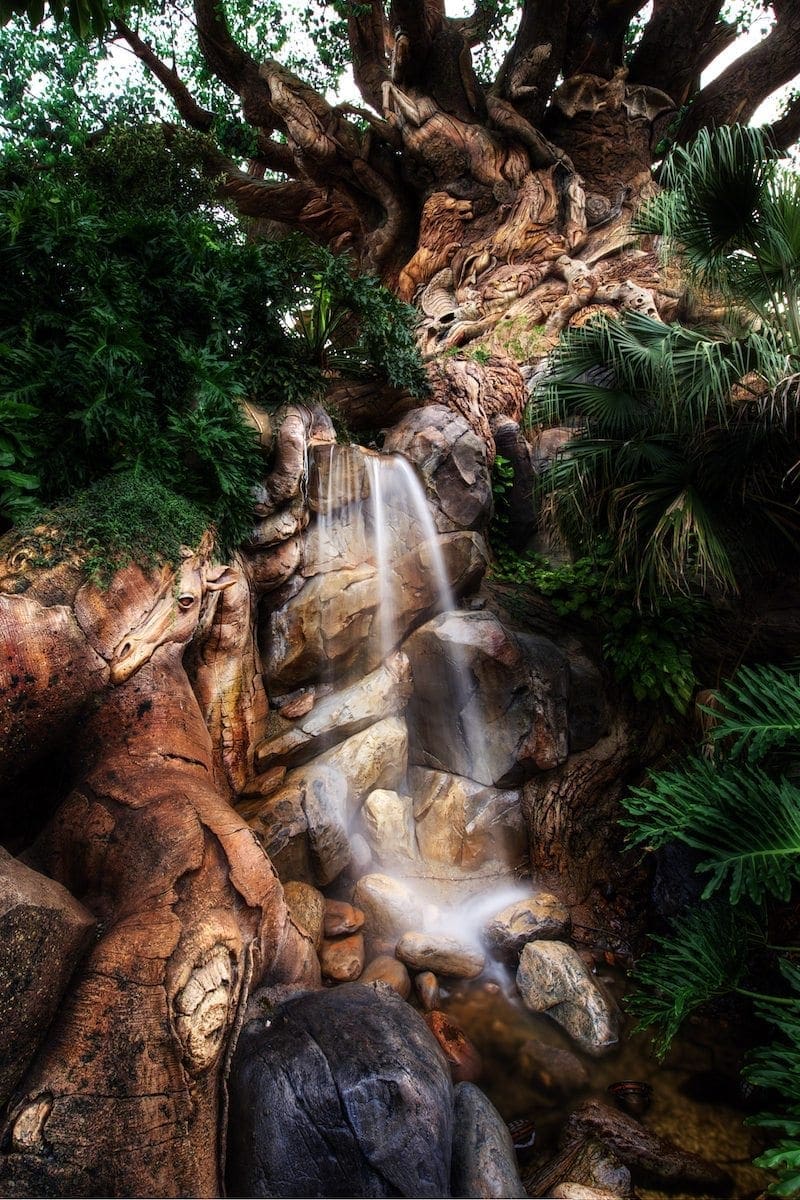
Very interesting article – bringing together all the elements that contribute to depth of field. However, “You can see how the little bugger’s face is in focus, but his shoulder starts to fall out of focus.” Did you really mean to use the word “bugger”? Do you know what it means?